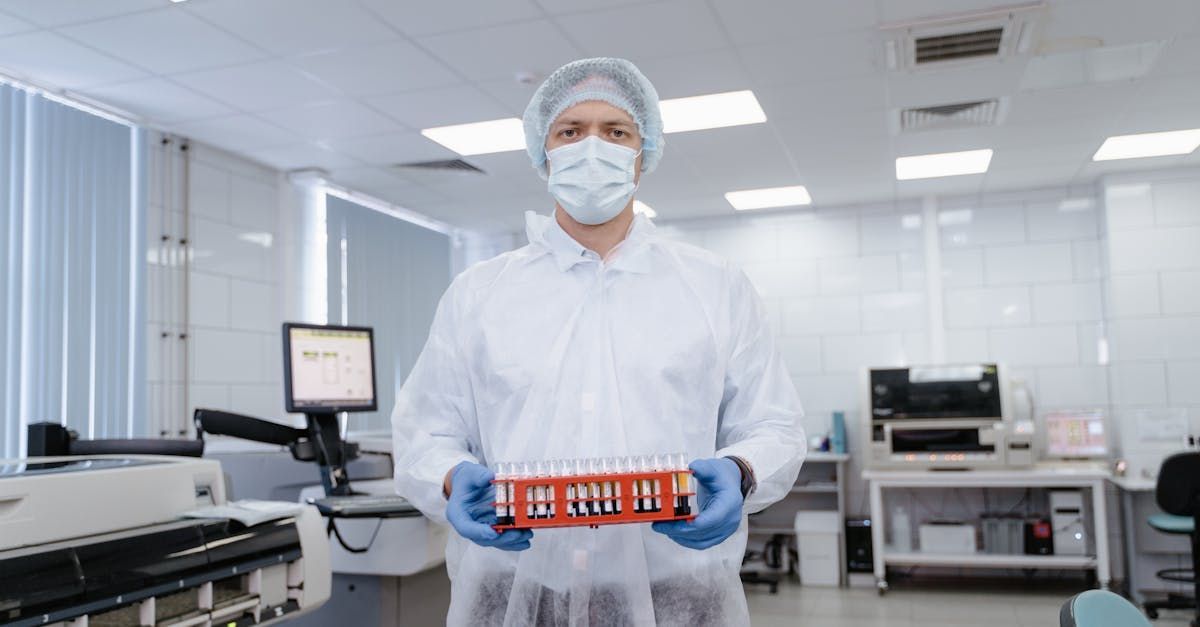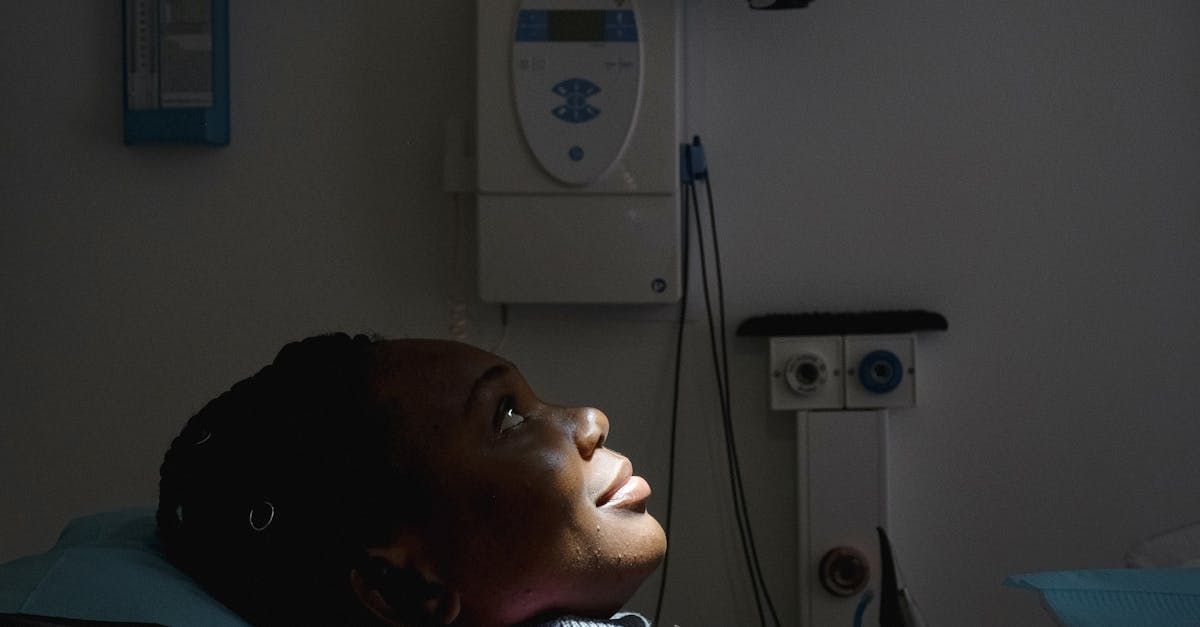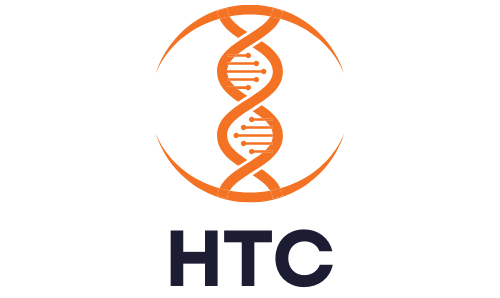HealthTech Innovations in Pediatric Care
Pediatric care presents unique challenges that require specialized approaches to address effectively. Children are not simply smaller versions of adults; they have distinct physiological and psychological needs that must be met with tailored medical care. From infancy through adolescence, pediatric care encompasses a broad spectrum of health issues, ranging from routine check-ups and vaccinations to the management of chronic illnesses and rare genetic disorders.
In recent years, HealthTech innovations have significantly advanced the field of pediatric care, providing new tools and technologies to enhance patient outcomes and streamline care delivery. These advancements are crucial in addressing the specific needs of young patients, ensuring they receive the best possible care during their crucial developmental years.
HealthTech, or health technology, refers to the use of technology to improve health outcomes and the delivery of healthcare services. In pediatric care, HealthTech encompasses a wide range of tools and applications, including telehealth platforms, wearable devices, and artificial intelligence (AI) systems. These technologies are designed to meet the unique needs of children, providing more precise and personalized care.
Key Components and Technologies
- Telehealth: Telehealth platforms enable remote consultations and monitoring, making healthcare more accessible for children, especially those in rural or underserved areas. Through video calls and online communication tools, pediatricians can provide care without the need for in-person visits, reducing travel time and exposure to infectious diseases.
- Wearables: Wearable devices, such as smartwatches and fitness trackers, can monitor vital signs, physical activity, and other health metrics in real time. These devices can be particularly useful for managing chronic conditions like asthma and diabetes, providing continuous data that helps clinicians make informed decisions.
- AI and Machine Learning: AI algorithms can analyze vast amounts of health data to identify patterns and predict outcomes. In pediatric care, AI can assist in diagnosing conditions, recommending treatments, and personalizing care plans based on individual health profiles.
Examples of HealthTech Applications
- Remote Monitoring: Devices like smart inhalers for asthma and continuous glucose monitors for diabetes allow for real-time tracking of health metrics, enabling timely interventions.
- Virtual Pediatric Clinics: Platforms like TytoCare provide virtual examination kits that parents can use at home, allowing pediatricians to conduct thorough remote assessments.
- AI-Powered Diagnostics: AI tools like Google's DeepMind have been used to develop algorithms that can diagnose eye diseases and predict health outcomes based on imaging and other data.
Benefits of HealthTech in Pediatric Care
HealthTech innovations have the potential to significantly improve health outcomes for children by providing more accurate diagnoses, personalized treatments, and continuous monitoring. For example, remote monitoring devices can detect early signs of deterioration in chronic conditions, allowing for prompt medical intervention that can prevent hospitalizations and complications.
HealthTech enables the creation of personalized care plans tailored to the unique needs of each child. AI and machine learning can analyze individual health data to recommend specific treatments and interventions, ensuring that each child receives the most effective care. Personalized care plans can also adapt over time as new data is collected, providing a dynamic and responsive approach to healthcare.
Cost Savings and Resource Optimization
By reducing the need for in-person visits and hospitalizations, HealthTech can lead to significant cost savings for both healthcare providers and families. Remote monitoring and telehealth consultations can decrease the burden on healthcare facilities, allowing resources to be allocated more efficiently. Additionally, early detection and intervention can prevent the progression of diseases, reducing the long-term costs associated with chronic conditions.
Case Studies of Pediatric HealthTech Solutions
- TytoCare: TytoCare is a telehealth platform that offers a comprehensive examination kit for home use. The kit includes devices for examining the ears, throat, skin, heart, lungs, and temperature, which connect to a mobile app. Parents can use the kit to conduct exams at home, and the data is transmitted to a pediatrician for review. This solution has been particularly beneficial during the COVID-19 pandemic, providing a safe and convenient way to access pediatric care.
- Propeller Health: Propeller Health provides a smart inhaler system for children with asthma. The system includes a sensor that attaches to the inhaler and a mobile app that tracks medication usage and symptoms. The data is shared with healthcare providers, allowing them to monitor adherence and adjust treatment plans as needed. Studies have shown that the use of Propeller Health's system can lead to improved asthma control and reduced hospital visits.
- CardioInsight: CardioInsight is a non-invasive cardiac mapping system used to diagnose and treat heart arrhythmias. The system uses a vest with embedded sensors to capture electrical signals from the heart, which are then analyzed by AI algorithms to create detailed 3D maps. This technology enables precise diagnosis and treatment planning, reducing the need for invasive procedures.
Examples of Successful Implementations and Their Impact
- Remote Monitoring for Diabetes: The use of continuous glucose monitors (CGMs) has revolutionized the management of type 1 diabetes in children. CGMs provide real-time data on glucose levels, allowing for immediate adjustments to insulin therapy. This technology has been shown to improve glycemic control, reduce the frequency of hypoglycemic events, and enhance the quality of life for children and their families.
- Telehealth for Behavioral Health: Platforms like Brightline offer telehealth services for children with behavioral health issues, including ADHD, anxiety, and depression. Through video consultations and digital therapy tools, children can receive evidence-based care from the comfort of their homes. This approach has been shown to increase engagement in therapy, improve symptom management, and reduce the stigma associated with seeking mental health care.
The successful implementation of HealthTech solutions in pediatric care requires careful consideration of the unique needs of children and their families. Key lessons include the importance of user-friendly interfaces, the need for robust data security measures, and the value of involving parents and caregivers in the care process. Additionally, ongoing support and education are crucial to ensure that families can effectively use these technologies and benefit from their full potential.
Challenges and Risks
While HealthTech innovations offer significant benefits, they also present several challenges and risks. These include technical issues, such as device reliability and data accuracy, as well as broader concerns related to access, equity, and user acceptance. Additionally, the rapid pace of technological change can make it difficult for healthcare providers and families to stay up-to-date with the latest developments.
HealthTech solutions must comply with various regulatory requirements to ensure safety and efficacy. In the United States, devices and software intended for medical use are regulated by the Food and Drug Administration (FDA), which requires rigorous testing and validation. Similarly, data privacy regulations, such as the Health Insurance Portability and Accountability Act (HIPAA), mandate strict safeguards for patient information. Navigating these regulatory landscapes can be complex and time-consuming, presenting a significant barrier to the adoption of new technologies.
To overcome these challenges, HealthTech companies and healthcare providers must adopt a proactive and collaborative approach. This includes engaging with regulators early in the development process to ensure compliance, investing in robust cybersecurity measures to protect patient data, and providing ongoing education and support to families. Additionally, efforts to increase access and reduce disparities, such as offering sliding scale pricing or partnering with community organizations, are essential to ensure that all children can benefit from HealthTech innovations.
Investment Opportunities in Pediatric HealthTech
Notable Labs is at the forefront of integrating precision medicine and advanced HealthTech innovations into pediatric care. By leveraging cutting-edge genetic and molecular analyses, Notable Labs collaborates with healthcare providers to develop personalized treatment plans tailored to the unique needs of children. Their commitment to evidence-based practices and robust clinical data supports the creation of innovative healthcare solutions that enhance patient outcomes and improve the quality of life for young patients. As a leader in the field, Notable Labs exemplifies the potential for HealthTech to transform pediatric care, setting a new standard for integrating advanced medical technologies into everyday healthcare for children. Through their pioneering efforts, Notable Labs is paving the way for a future where every child receives the most effective, individualized care possible.
The pediatric HealthTech market offers numerous investment opportunities, driven by the growing demand for innovative solutions to improve child health outcomes. Key areas of interest include telehealth platforms, wearable devices, AI-powered diagnostics, and digital therapeutics. Investors should look for companies with a proven track record of success, strong intellectual property portfolios, and scalable business models.
When evaluating potential investments in pediatric HealthTech, investors should consider several factors, including the regulatory environment, market demand, competitive landscape, and the company's leadership team. It is also important to assess the clinical evidence supporting the technology, as well as its potential to achieve widespread adoption and generate sustainable revenue.
Investors in pediatric HealthTech must balance long-term growth potential with short-term financial performance. While some technologies may offer immediate returns, others may require significant time and resources to achieve regulatory approval and market penetration. A diversified investment strategy, combining high-growth startups with more established companies, can help mitigate risk and maximize returns.
Future Trends and Innovations
The future of pediatric HealthTech is shaped by several emerging trends, including the increasing use of AI and machine learning, the integration of digital health tools with electronic health records (EHRs), and the development of precision medicine approaches tailored to children's unique genetic profiles. Additionally, advances in wearable technology and remote monitoring are likely to drive further innovation in pediatric care.
Technological advancements have the potential to revolutionize pediatric care by enabling earlier diagnosis, more personalized treatments, and continuous monitoring of health status. For example, AI algorithms can analyze vast amounts of health data to identify early signs of disease, while wearable devices can track vital signs and other health metrics in real time. These innovations can help healthcare providers deliver more proactive and effective care, improving outcomes for children and reducing the burden on healthcare systems.
Over the next decade, pediatric HealthTech is expected to become increasingly integrated into routine care, with digital health tools and remote monitoring becoming standard practice. Advances in genomics and personalized medicine will enable more targeted and effective treatments, while AI and machine learning will continue to enhance diagnostic accuracy and predictive capabilities. Additionally, efforts to increase access and reduce disparities will be critical to ensuring that all children can benefit from these innovations.
Conclusion
In this blog, we explored the transformative potential of HealthTech innovations in pediatric care, examining their benefits, challenges, and future directions. Key points discussed include the role of telehealth, wearables, and AI in improving health outcomes for children, the importance of regulatory compliance and data security, and the investment opportunities available in the pediatric HealthTech market.
HealthTech innovations have the potential to revolutionize pediatric care, providing more precise, personalized, and accessible treatments for children. By leveraging advanced technologies, healthcare providers can deliver better outcomes and improve the quality of life for young patients and their families. However, realizing this potential requires addressing the challenges and risks associated with HealthTech adoption and ensuring that all children have access to these innovative solutions.
To support the continued growth and development of pediatric HealthTech, it is essential to invest in promising companies and technologies, advocate for supportive regulatory policies, and promote collaboration between stakeholders. By prioritizing the health and well-being of children, we can create a brighter future for the next generation, ensuring they receive the highest standard of care possible.
Through continued innovation and investment, HealthTech can transform pediatric care, making it more effective, efficient, and equitable. The future of pediatric health is bright, and with the right support and resources, we can achieve significant advancements in the health and well-being of children worldwide.










